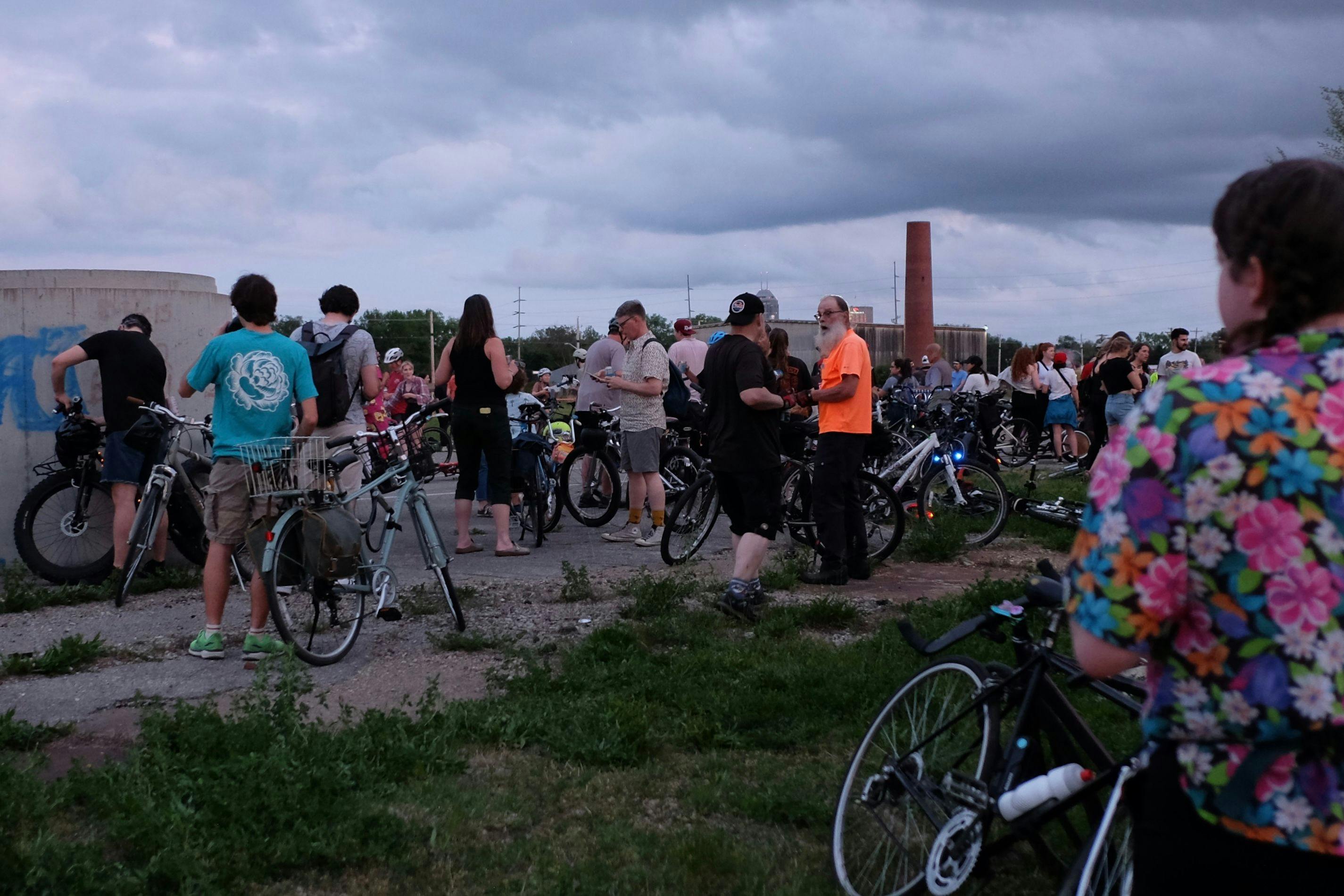The understated genius of mid-sized cities
Craig Mod’s submission to the New York Times’s “52 Places to Go in 2024”, Yamaguchi, is a spiritual successor to his submission last year, Morioka. In his most recent Ridgeline newsletter, Mod explains why he keeps submitting mid-sized cities with populations in the hundreds of thousands, instead of multi-million metropoli like Kyoto and Tokyo:
Cities like Yamaguchi and Morioka occupy an Other space — an alternative space between the disappearing, somewhat unsustainable, countryside villages, and the non-stop megalopolises. If Kyoto and Kanazawa and Hiroshima are the A-sides of Japan, Yamaguchi and Morioka are B-sides — the side often containing the understated genius of a record. I see a city like Yamaguchi and I think: Good life is possible here, full life, on a human scale, operating within the bounds of a warm community, feeling your own small contributions meaningfully add up in the lives of people around you. When I travel I’m not looking for the most delicious bowl of ramen or the perfect croissant, but rather archetypes of ways of living that set my imagination ablaze, that make me grateful to have encountered those people, and grateful for the social and political infrastructure that exists, allowing these people to live in their own, additive ways.
When I read this, I’m immediately reminded of life in Indianapolis. I’ve always said it feels more like a big town than a small city. It’s just big enough to support the kind of vibrant creative scene that keeps life interesting, with local music, art and food that are worth celebrating. But the city still small enough that those same creative people can make a living doing what they love. What we have here are communities living together, building culture together, and supporting themselves in the process.

Bike Party, May ’23
Indianapolis is not really a city with “the Nation’s best…” anything, and I think that’s true for so many Midwest cities that are both beloved by their residents and looked down on by outsiders. It’s that feeling of superiority perfectly captured by the Talking Heads’s “The Big Country,” where David Byrne’s character looks down on the country from inside an airplane. The chorus goes, “I wouldn’t live there if you paid me / I wouldn’t live like that, no siree / I wouldn’t do the things the way those people do / I wouldn’t live there if you paid me to.”
Reflecting on the song for a piece in Slate a few years ago, Byrne is quoted as saying:
“If you look, the lyrics in the verses are more or less objective—there’s no disdain for the folks down there. It’s pure description; in fact, one could even say it’s sweet and bucolic, which makes the venom of the chorus more surprising (in my view). To me this song is about revealing the irrationality of that venom.”
That venom makes no sense because that kind of distanced observation doesn’t tell you much. Places only reveal themselves upon close inspection. It’s the same reason why, when people talk about driving across Kansas and Nebraska as “long, flat, and boring,” I know they’re talking more about their experience inside the car than the landscape they’re driving through. Long? Sure. Flat? Mostly. Boring? You’re not looking close enough.

If you think the tallest buildings in Kansas are the grain silos, that tells me you’ve never been to Kansas.
I had to learn this, too. Before I moved to Indianapolis, I had the same opinion of the city as Byrne’s narrator: “why in the world would anybody live there?” But staying in any one place long enough means becoming a part of it; and it, of you. The longer the stayed, the more I came to appreciate the culture that’s grown up in Indianapolis: WQRT, Kan-Kan, BUTTER, First Fridays, Feast of Lanterns, and on and on.
Indianapolis isn’t ranking as of the Best Places to Travel, but that also makes it a pretty damn nice place to live. It’s a creative city, but only because it’s also modest, affordable, and sustainable. It’s one of hundreds of similar mid-sized cities around the world. I love that Craig Mod knows to shine the blinding spotlight of a New York Times feature on a thriving city that lives in the shadows of its neighbor.
Yamaguchi isn’t Kyoto, Morioka isn’t Tokyo, and Indianapolis isn’t Chicago. But it’s for exactly that reason that they’re worth checking out.